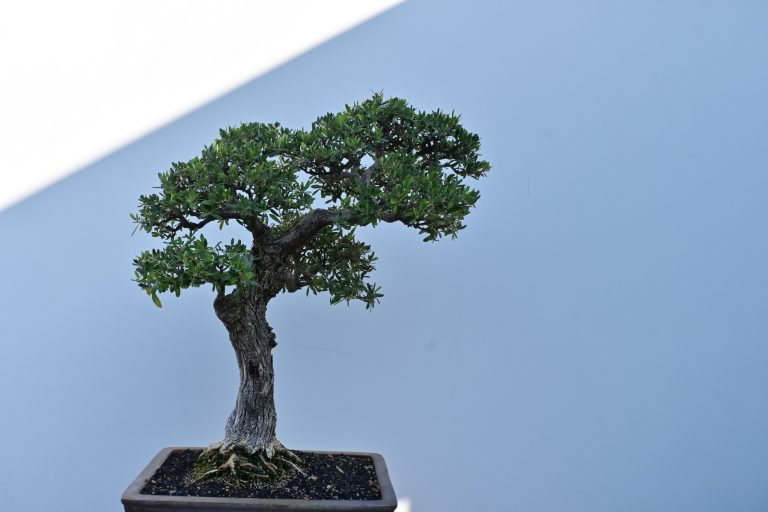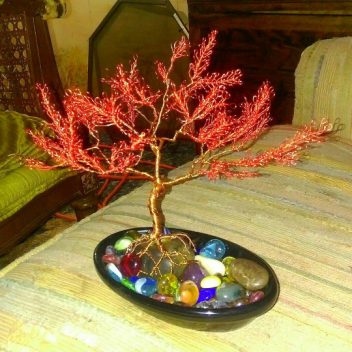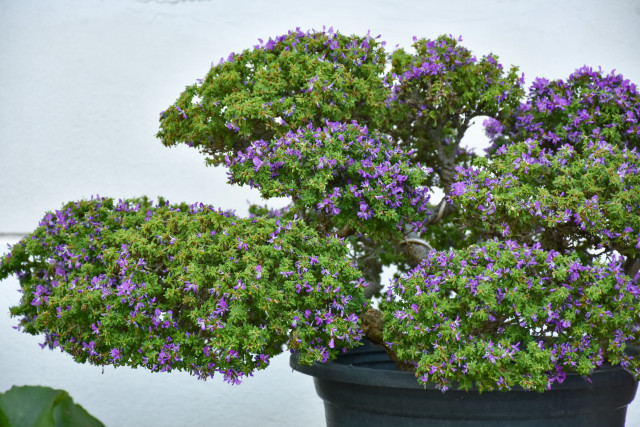The classic Juniper bonsai is an all-natural hybrid species of Chinese Juniper. Considering that some Junipers can live for 200 years, looking after your Juniper Bonsai can offer you a lovely plant that will certainly last a lifetime (and afterward some!).
The Juniper is an evergreen coniferous hedge that can be found in hills as well as woodlands anywhere on the planet. Their needle-like leaves transform scaly as the tree develops as well as have a blueish environment-friendly to light eco-friendly shielding with an occasional silvery variation. There are over 50 species of Juniper, a number of which are long-lived, however, some only live for 2 or 3 years after being developed into Bonsai plants.
Your Juniper Bonsai is relatively very easy to look after as it is virtually illness-free. It thrives in full sunlight but have to be shielded from the hot noontime sunlight. In cold environments, you must also secure your bonsai from frost.
If you intend to grow your Juniper Bonsai indoors, ensure you have the proper lighting. These plants likewise require a little a damp setting so misting can help. Be careful when watering as well as be sure that you water till soil is most, yet do not leave standing water in the pot as root rot can eliminate these trees quickly.
Like most plants, Junipers gain from fertilization and also they should be provided a high nitrogen plant food every 2 weeks beginning in springtime as well as running through mid-summer. From midsummer on, give them a low nitrogen fertilizer rotating with an acidic plant food.
Bonsai plants in pots require to be repotted every 2 years until they are about one decade old. It’s ideal to report in the spring, using a somewhat larger pot. Be sure to use totally free-draining soil that consists of tidy grit or stone so alkaline deposits are kept from hurting the Juniper.
Shaping your Juniper Bonsai is what makes the tree distinct and also can be completed with careful pinching throughout the growing season. Make certain to utilize only your fingers to squeeze and also never make use of scissors or other tools which will certainly cause the ends to turn brownish. See to it you don’t squeeze off all the environment-friendlies as you will need adequate vegetation to secure the branches. Avoid pinching the initial leaves that sprout as well as make certain that you establish a steady pinching regular leaving a reasonable amount of time between pichings.
With proper treatment, you will certainly have the ability to enjoy your Juniper Bonsai for a long time. One intriguing reality is that Junipers maintain their shape for lots of weeks even after they die.









